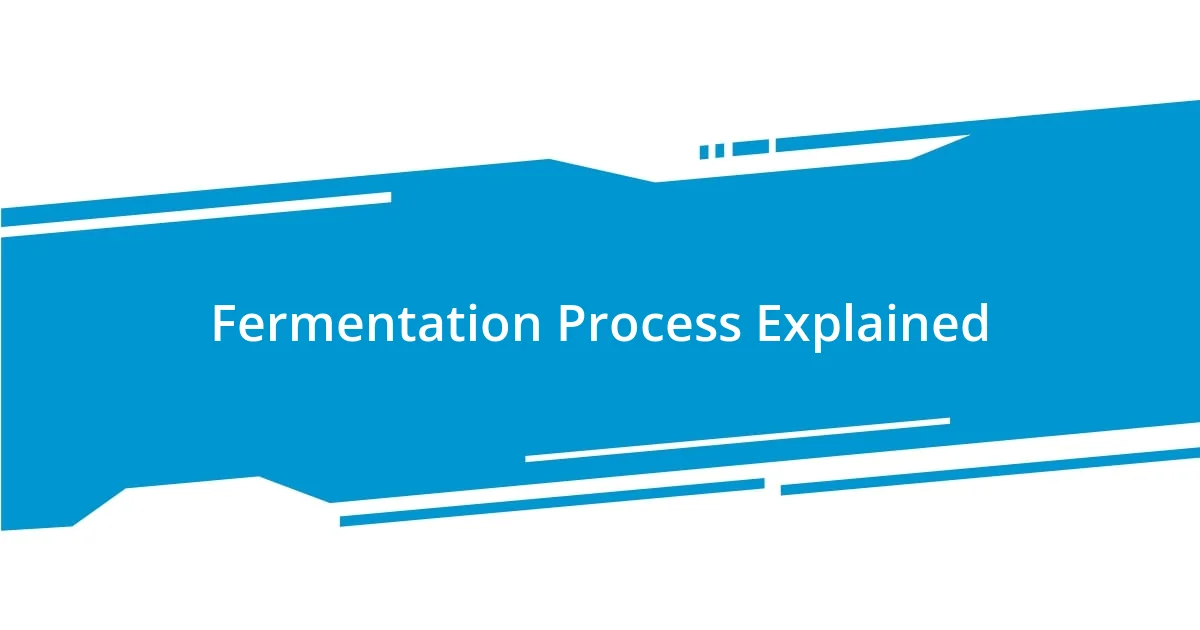Key takeaways:
- Panettone embodies Italian holiday traditions, requiring up to 24 hours for dough fermentation to enhance its flavor and texture.
- Quality ingredients, such as strong flour, natural yeast, and candied fruits, are crucial for creating an authentic panettone.
- Key baking practices include careful shaping, proofing in a warm environment, and allowing for patience during fermentation and cooling to achieve the perfect loaf.

Introduction to Traditional Panettone
Panettone has always held a special place in my heart, evoking memories of festive family gatherings during the holidays. This traditional Italian bread, characterized by its tall, dome shape and fluffy texture, is more than just a treat; it represents a cherished tradition passed down through generations. Each bite, filled with candied fruits and a hint of citrus, feels like a little celebration itself, doesn’t it?
When I first attempted to bake panettone, I was intimidated by its intricate process, yet excitement mingled with trepidation. Did you know that the dough can take up to 24 hours to rise? This slow fermentation not only enhances the flavor but also transforms the baking into an experience of anticipation, much like waiting for the big feast at the end of the year. The rich aroma wafting from the oven, filled with buttery warmth, truly makes the effort worthwhile.
What I find fascinating is how panettone varies across regions, yet retains that essence of joy and community wherever it’s made. As I researched its history, I discovered that it’s believed to date back to ancient Rome, evolving over centuries into the beloved delicacy we enjoy today. Isn’t it amazing how food can connect us to our past while bringing us together in the present?

Ingredients for Authentic Panettone
When I first set out to gather ingredients for my panettone, I realized that authenticity lies in the quality of what you choose. The ingredients not only contribute to the rich, complex flavors but also establish a connection to the traditions that define this delightful bread. I recall standing in my kitchen, surrounded by bags of flour and jars of gorgeous candied fruits, feeling like I was about to embark on a culinary journey steeped in history.
Here’s a list of essential ingredients for crafting an authentic panettone:
- Strong Flour (Manitoba): A high-protein flour that gives the dough structure and elasticity.
- Sugar: For sweetness, enhancing both the flavor and the crust.
- Eggs: Whole eggs and egg yolks create a rich texture and golden color.
- Butter: Unsalted, preferably high-quality, adding richness and flavor.
- Milk: Whole milk helps with hydration and contributes to the tenderness.
- Candied Citron and Orange Peel: These add bursts of citrusy flavor that brighten the dough.
- Raisins or Sultanas: For texture and sweet pops of flavor.
- Natural Yeast (Mother or Starter): Essential for the slow fermentation process that develops the unique taste.
Each ingredient plays a pivotal role in the development of panettone’s signature taste and texture. I remember fondly the first time I rubbed the fragrant zest of orange into the butter; it felt like I was encapsulating the essence of the holidays in that moment. It’s these small rituals that make baking panettone so special.

Preparing the Dough for Panettone
Preparing the dough for panettone is a fascinating mix of art and science. It starts with a simple yet crucial step—mixing the strong flour with the natural yeast. I still remember the first time I activated the yeast; watching those little bubbles emerge felt like magic. It’s this process of fermentation that brings out the deep flavors and fluffy texture, transforming mere ingredients into something truly exquisite. As the dough began to rise, I experienced a sense of anticipation—I just couldn’t wait to see how it would turn out!
After my dough had risen for the first time, tempering it with butter was another delight. When I added melted butter, the smell was heavenly. It was a moment that highlighted the essential balance between timing and technique; too much heat from the butter could kill the yeast, but just the right amount makes everything dance together beautifully. Kneading was another joyful challenge, where I poured love into the dough with each fold and press, feeling it transform beneath my hands.
Finally, the second rise is where the magic truly happens. I’ve learned that patience is paramount. Last year, I tried to rush this step, and my panettone turned out dense and lackluster. That experience taught me the value of allowing the dough to rest and rise fully, letting nature take its course. Watching it soar to nearly double its size taught me to trust the process. It’s this journey of patience and care that ultimately yields that beautiful, traditional panettone.
| Step | Description |
|---|---|
| Mixing Ingredients | Combine strong flour with natural yeast for the first fermentation. |
| Incorporating Butter | Add melted butter carefully to avoid killing the yeast. |
| Kneading | Knead the dough for elasticity and texture, feeling the transformation. |
| Second Rise | Let the dough rise again, ensuring patience for optimal fluffiness. |

Fermentation Process Explained
The fermentation process is genuinely fascinating, transforming flour and water into a living, breathing dough. When I first used my natural yeast starter, I was immediately impressed by how it awakened the dough. I vividly remember peering into the mixing bowl, where bubbles began to form, signaling that the yeast was thriving. It felt like witnessing a little miracle unfold right before my eyes. Have you ever experienced that thrill of watching something grow?
As the dough ferments, it develops flavor, structure, and that characteristic panettone aroma. I’ve learned that this process can take time, and good things truly come to those who wait. Each rise is not just about volume; it’s about deepening those complex flavors that make every slice wonderful. I recall a rainy afternoon when I allowed my dough an extra hour to rise, and the result was a loaf that had a depth I simply hadn’t achieved before. It’s these little choices that can make or break the experience.
Throughout my experimentation with the fermentation stages, I also discovered how essential temperature is. I was surprised by how quickly a warm kitchen could speed things up, while a cooler setting would slow down the rise. I had a lightbulb moment when I realized that the dough was teaching me: in baking, as in life, patience and attention are paramount. So, what about your own baking adventures? Have you ever noticed how the environment influences the outcome? The fermentation process isn’t just about ingredients; it’s also a dance with nature.

Shaping and Proofing Panettone
Shaping the panettone is where I truly feel the artistry of baking come to life. After the second rise, it’s crucial to handle the dough gently to preserve those precious air bubbles that we’ve worked so hard to develop. I still get butterflies thinking about my first attempt—my hands were shaky as I shaped that beautiful dome. Kneading it slightly before forming it into a ball felt almost sacred; each motion was a blend of care and anticipation, knowing I was preparing it for its final transformation.
Proofing is the moment where you let your creation rest one last time before it faces the heat of the oven. I remember the first time I set my shaped dough in a warm spot, covered it with a cloth, and waited. It was such an exhilarating feeling to peek under that cloth and see it puffing up beautifully. I learned quickly that keeping the environment warm and draft-free is key; during one baking episode, a chill swept through my kitchen, and I was stunned at how it stalled my dough’s growth. That experience taught me to create a cozy little corner for my panettone, ensuring its full potential was realized.
As the dough proofs, I often find myself reflecting on the balance required in baking. Each stage builds upon the last, and mistakes can be forgivable but often lead to delightful surprises. I’ve had moments where my shaping wasn’t perfect, yet the end result was still a gorgeous panettone that tasted divine. Have you ever been surprised by an unexpected outcome in your baking? It’s worth embracing those little imperfections because they often yield the most cherished memories in the kitchen.

Baking Tips for Perfect Panettone
Baking panettone is as much about the small details as it is about the larger process. One of my favorite tips is to use high-quality ingredients. I once decided to splurge on premium vanilla extract instead of the usual imitation stuff. The difference in flavor was astonishing! Every bite captured the essence of holiday baking. If you’re serious about making the best panettone, consider what goes into it—it’s all part of the love you pour into your creation.
Another essential tip is to ensure your oven is accurately preheated before baking. I can still picture the panic when I realized my oven wasn’t quite at the right temperature for my first panettone. Instead of the beautiful golden crust I envisioned, I pulled out a pale version that didn’t quite rise as expected. Lesson learned! I now use an oven thermometer for accuracy. This step might seem trivial, but trust me, it can make all the difference in achieving that perfect dome and texture.
Finally, patience is your best friend when it comes to cooling. It’s tempting to slice into that warm, fragrant loaf as soon as it’s out of the oven, but patience pays off. I remember the anxious wait after my second successful bake. The aroma wafted through my kitchen, making it nearly impossible to resist. However, allowing it to cool completely helps the flavors meld and the texture set properly. So, have you ever found it tough to wait for something delicious? Embracing that waiting period can elevate your panettone experience to a new level.
















